The London Natural History Museum’s 58th Wildlife Photographer of the Year winners have been announced, with US photographer Karine Aigne winning the top prize for an image of a ball of cactus bees.
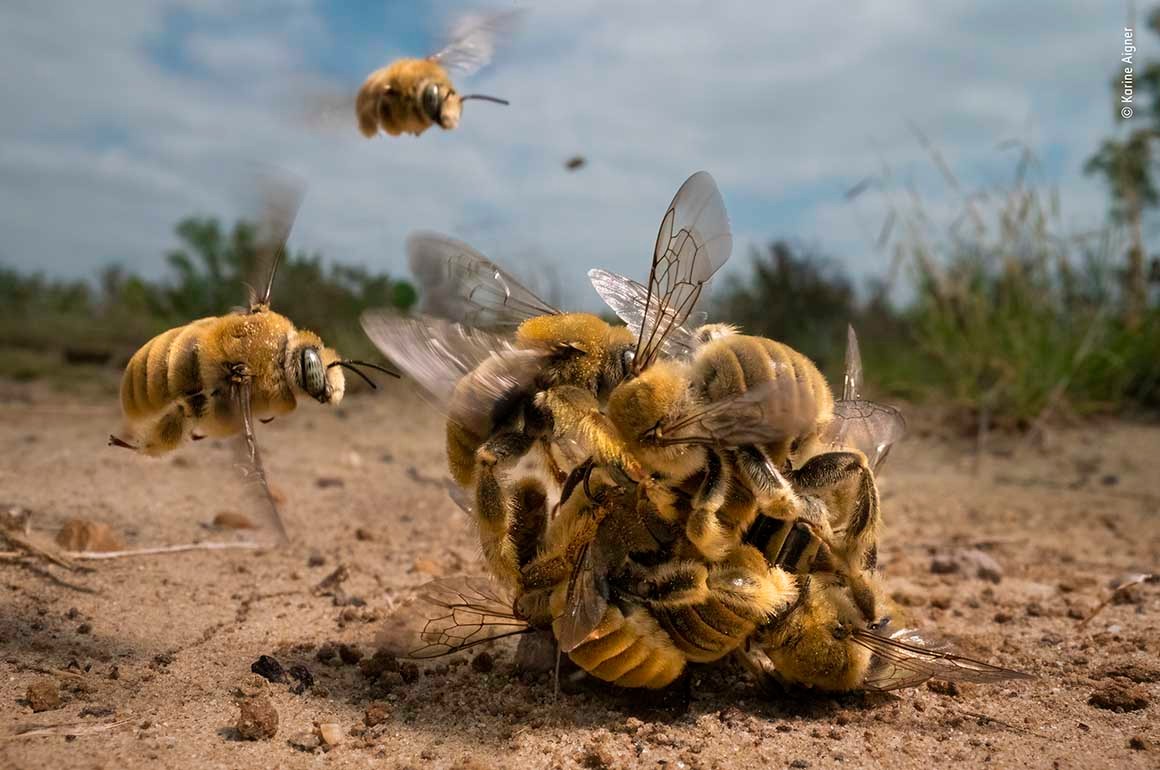
At least three Australian photographers are highly commended: underwater photographer Scott Portelli, Melbourne photojournalist Doug Gimesy, and NSW photographer Calumn Hockey.
Aigne’s image, The Big Buzz, shows ordinarily solitary cactus bees in a ‘mating ball’, an event that occurs once a year in the Southern USA desert. Male bees scout the ground looking for a mate, and when a female emerges from a burrow in the ground, the gents scramble and stack upon her to secure their chance at fathering the next generation.
‘Wings whirring, incoming males home in on the ball of buzzing bees that is rolling straight into the picture,’ said Rosamund ‘Roz’ Kidman Cox, Wildlife Photographer of the Year jury chair. ‘The sense of movement and intensity is shown at bee-level magnification and transforms what are little cactus bees into big competitors for a single female.’
Aigne didn’t plan to find the bees. She stumbled upon the fiercely competitive mating ritual during a drive around a Texan ranch, noticing ”the ground suddenly become pockmarked with hundreds of volcano-like turrets’ and thought ‘what kind of ants are these?’. Upon closer inspection, she discovered they were the cactus bees.
‘I’d never seen them before,’ she explains, despite visiting the ranch for many years, ‘and I had no idea what I was looking at in the beginning’.
‘The small world of animals is one we often overlook and so often take for granted, and, ironically, it is the basis for the structure of all life,’ she said. ‘What I love most about this image is that it shows most people something they have never seen before – it makes a small world big and puts the life of a tiny bee onto the word’s stage.’
Here’s a little more info about the bees, courtesy of the Natural History Museum:
The typical image of bees is usually that of a large colony buzzing around a honeycomb, yet the vast majority of the 16,000 known bee species are actually solitary.
These solitary bees play a vital role in the pollination of plants, including many of those we eat. But the biology of many of these species remains poorly understood. For example, in the case of the cactus bee, it’s still not fully understood why it normally lives a life of solitude but then amasses in huge numbers in this mating event.
Knowing more about where, when and how these amazing creatures mate will help to protect them and in turn contribute to our fight to protect the planet against the impacts of humans and the rapidly changing climate.
Dr Doug Gurr, Director of the Museum, remarks, ‘Wildlife photographers offer us unforgettable glimpses into the lives of wild species, sharing unseen details, fascinating behaviours and front-line reporting on the climate and biodiversity crises. ‘These images demonstrate their awe of and appreciation for the natural world and the urgent need to take action to protect it.’
Now onto the Australians.
Gimesy’s photo, Wombat Lockdown, is among five highly commended in the Wildlife Photojournalism category. It shows Emily Small, founder of the Goongerah wombat orphanage, working on a couch during Covid lockdown with two wombat orphans sleeping in a pouch.
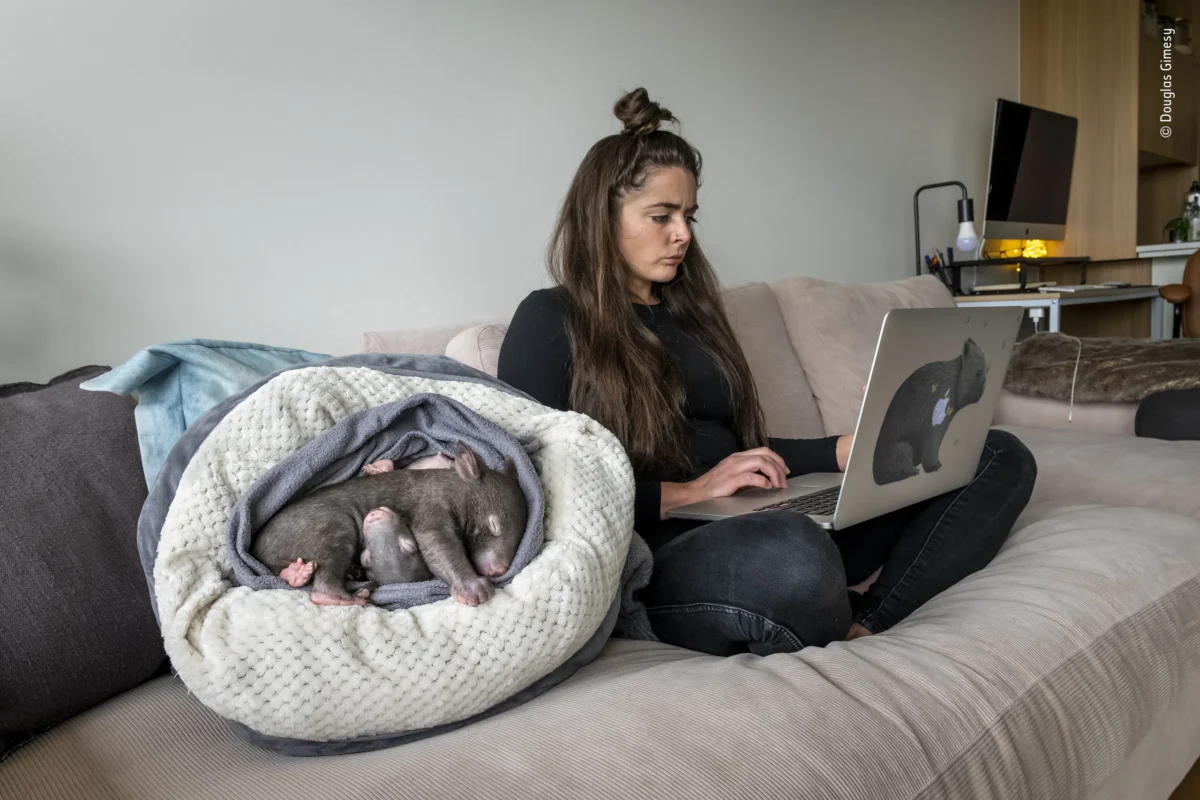
‘To help prepare them for a life in the wild, including getting their gut ready with appropriate microbes, Emily would let them nibble on grass and dirt she had brought from their natural habitat 450 kilometres away, and give them sticks to chew on. But like rodent teeth, their teeth never stop growing, so they would often gnaw on things to wear them down, like her furniture,’ Gimesy said. ‘She could only leave her apartment for about an hour a time during this period – which was when they were napping.’
The wombats were found alive inside the pouch of their mothers, who were killed by cars. The baby wombats would ordinarily go to the Goongerah Wombat Orphanage, but Small brought them home to provide regular feeds during lockdown.
Hockey, also highly commended in the Wildlife Photojournalism category, captured Up A Gum Tree, an aerial photo captured with a drone showing environmental campaigners surveying the impact of forest clearance in Tasmania.
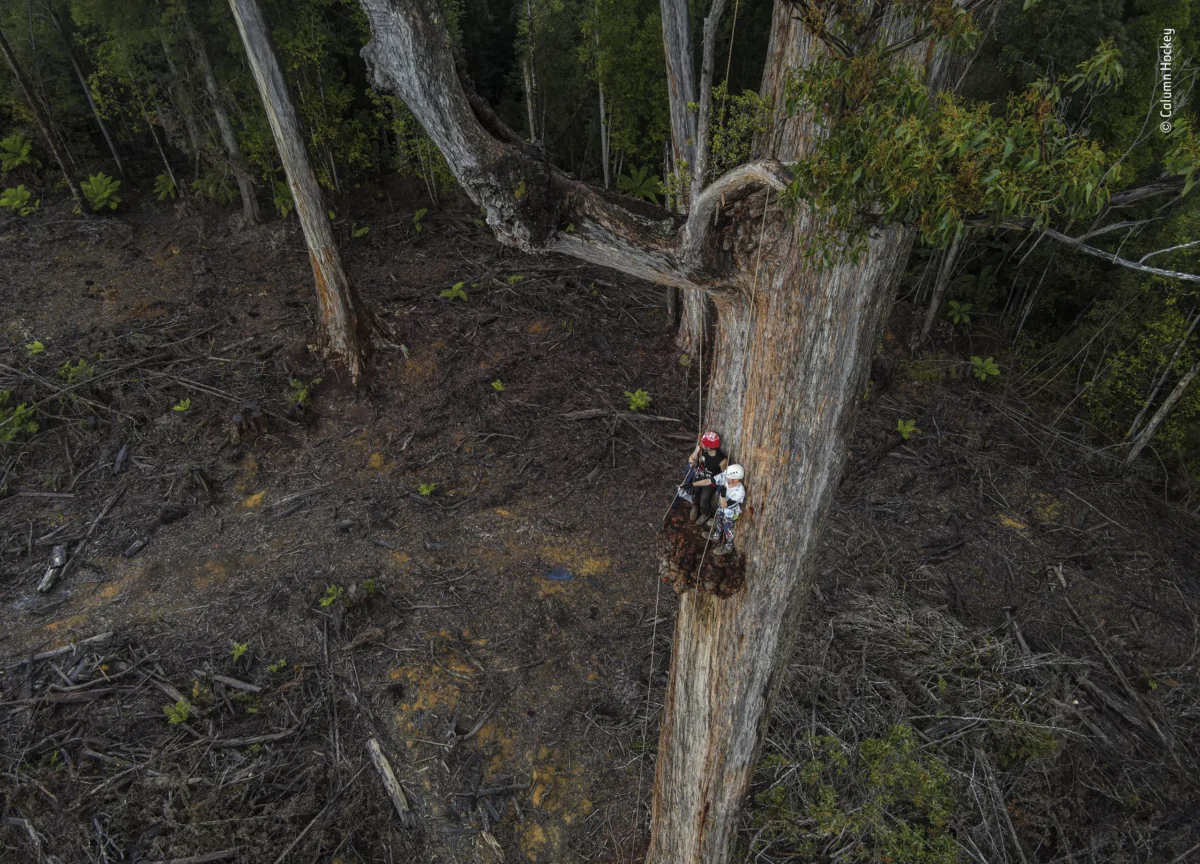
‘Calumn’s composition contrasts a sole remaining tree against the devastation of the forest clearance below,’ the jury said. ‘The environmentalists framed in the image had climbed a Tasmanian oak gum tree to survey the damage after the old‑growth forest had been cleared for mining.’
Hockey highlights how it has been ‘almost 50 years since protests against damming and logging in Tasmanian wilderness areas first made headlines in Australia and then across the world. Since then, environmentalists have continued to try to stop the logging of old-growth forests. Although this protest is about mining, there are many threats to Tasmania’s old-growth forest, the biggest of which is logging.’
Portelli’s picture, Double Interest, highly commended in the Animal Portraits category, shows an inquisitive sea lion appearing to observe a camouflaged leafy seadragon.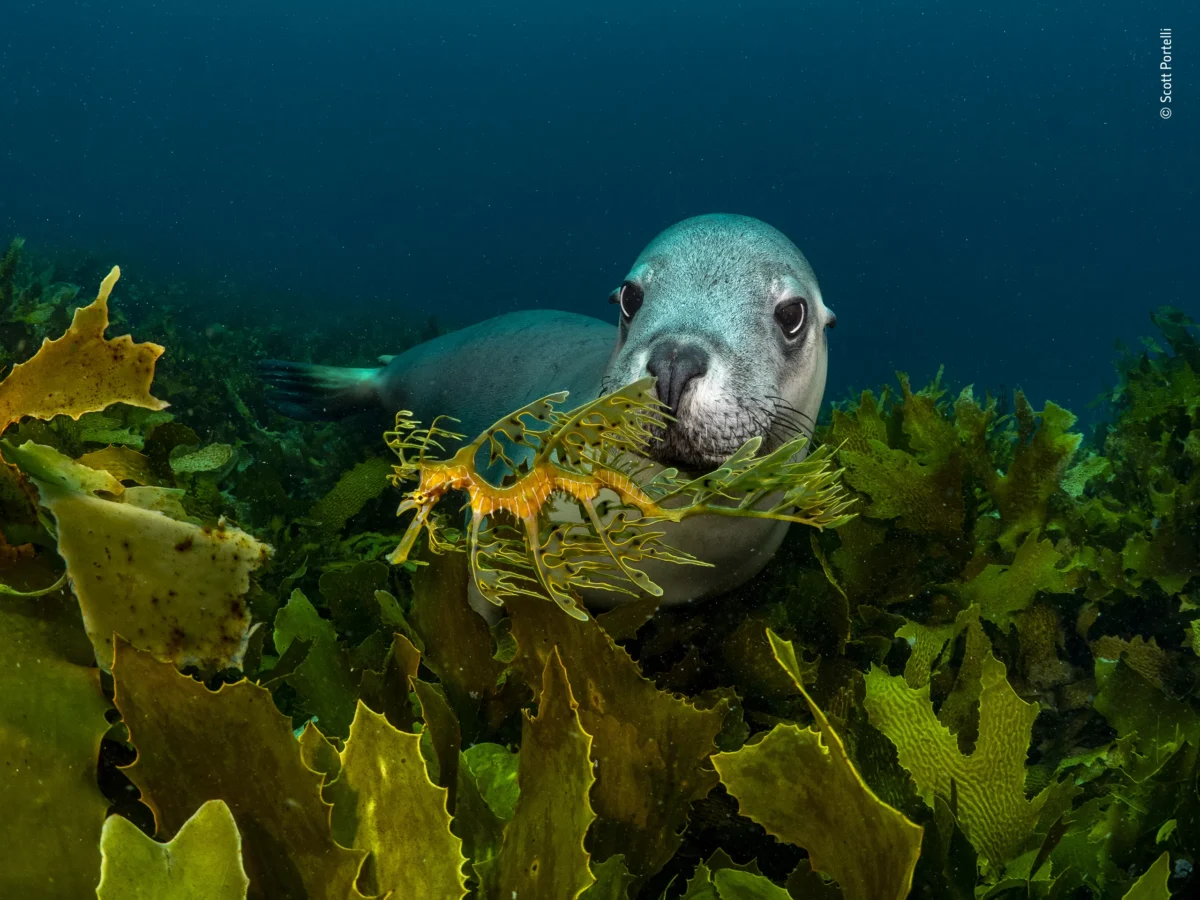
The image, captured off the coast of Cape Le Grand National Park in Western Australia, is part of Portelli’s ongoing intrigue with the leafy seadragon, which can be found along Australia’s southern coastlines often hiding among seaweed and seagrass.
‘Without these kelp forests, leafy seadragons are unable to camouflage or shelter and sea lions are forced to hunt in open waters, risking attacks from great white sharks and orcas. Scott’s dual portrait captures a rarely seen interaction between these two elusive species.’
As per usual, the Wildlife Photographer of the Year winners gallery presents some of the finest work that documents flora and fauna. The 2022 Awards attracted more than 38,000 entries from photographers in 93 countries. The top 100 entries, including the three Australians’ pictures, will feature in a touring global exhibition which visits Australia each year. Previous hosts have included Sydney’s Australian National Maritime Museum, and Geelong’s National Wool Museum.
Here’s some winning images. Click here to view them all.
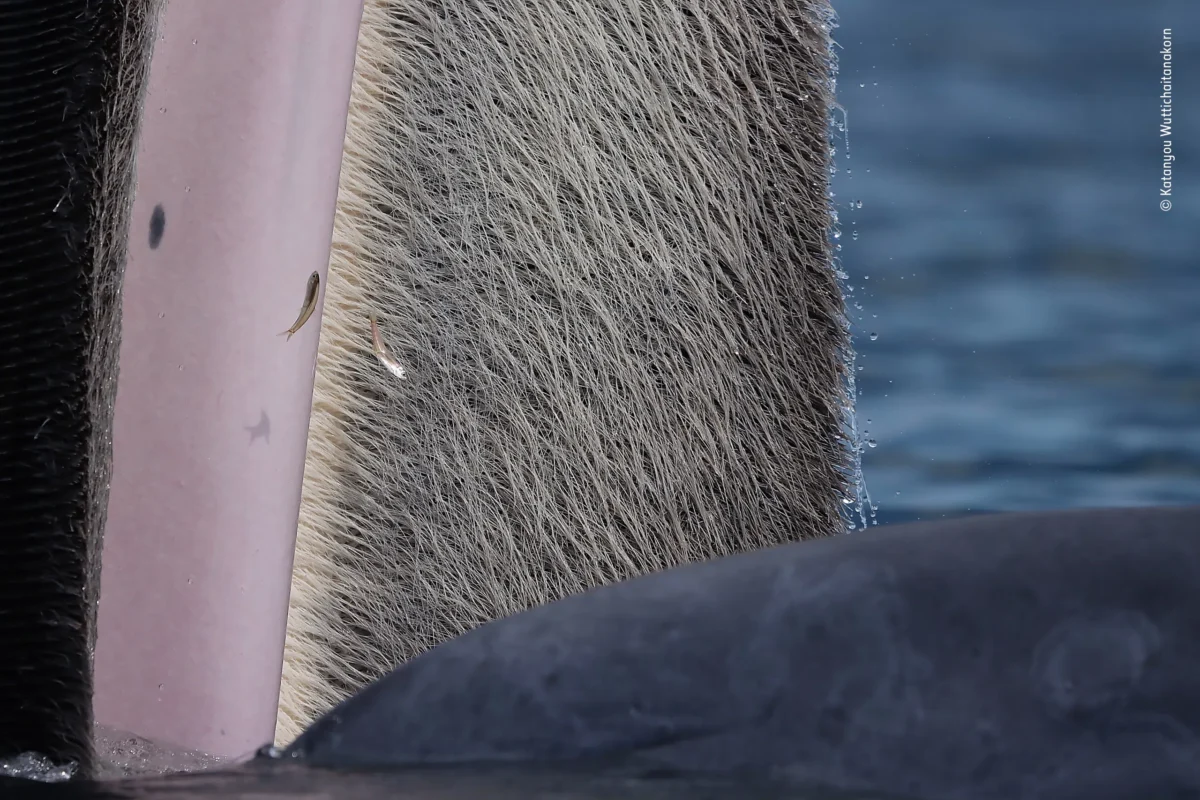
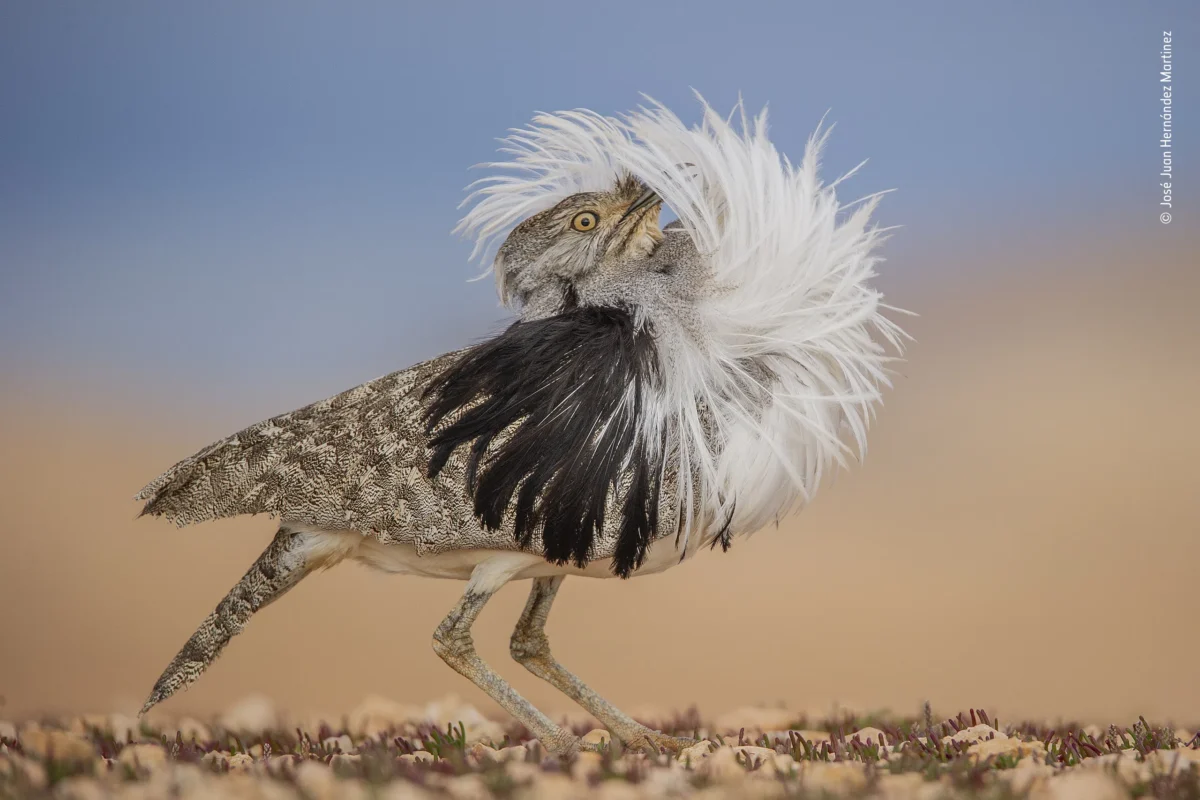
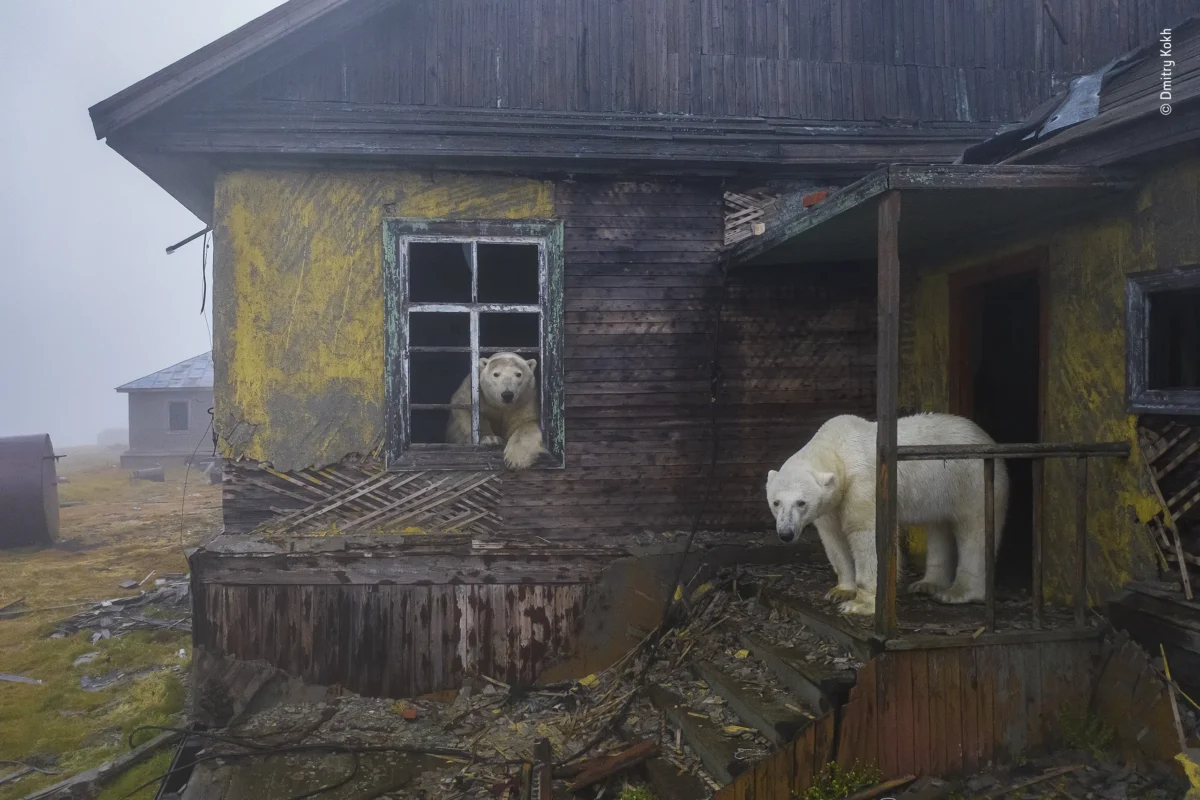
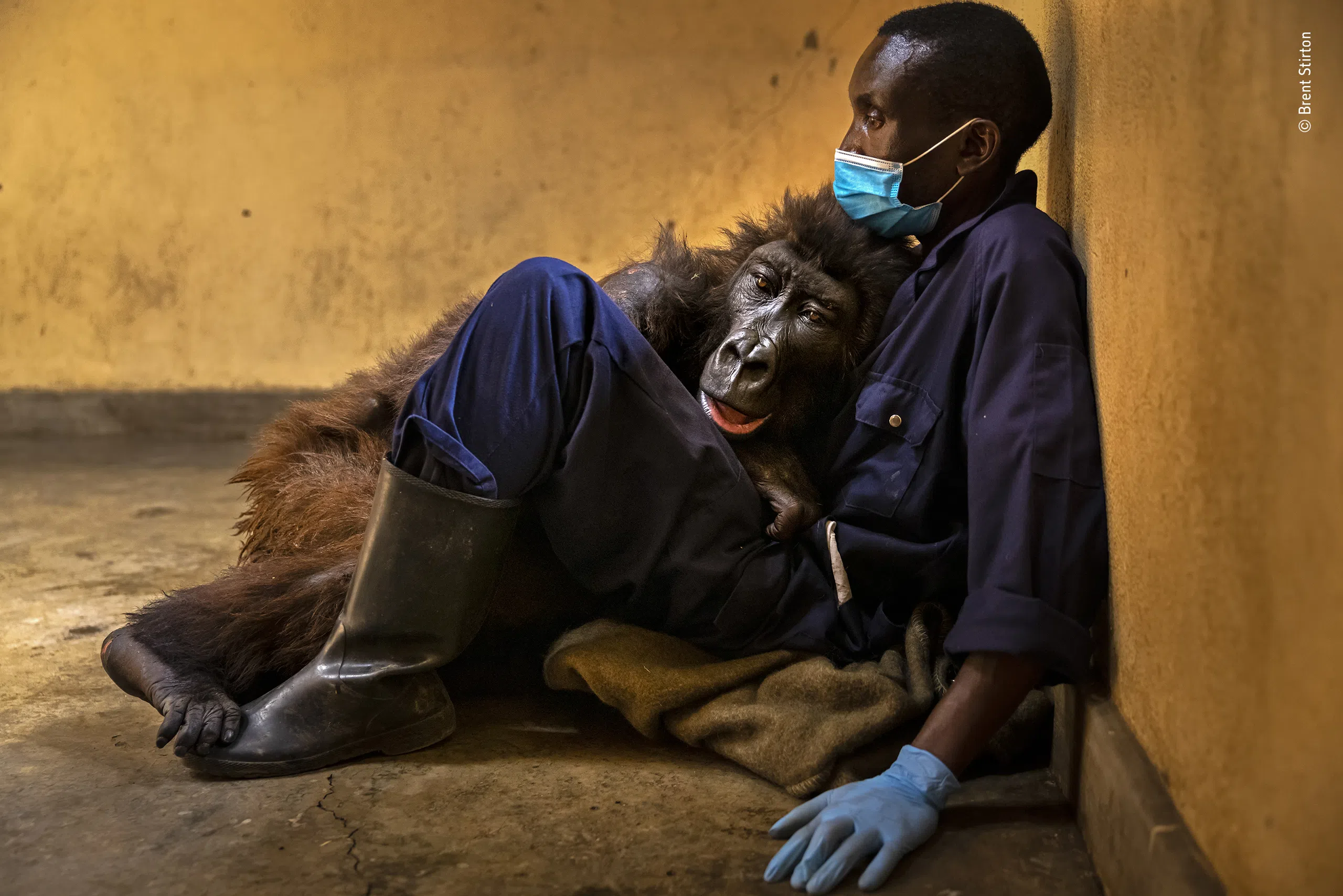
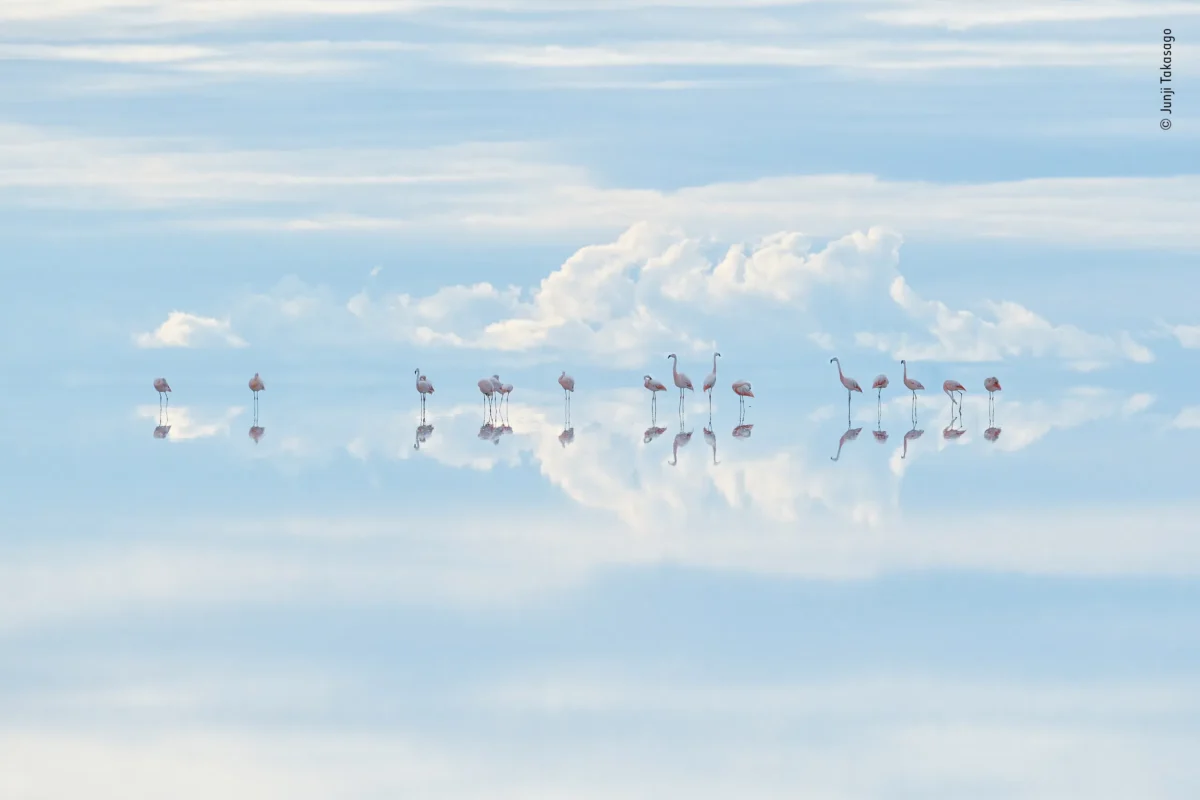
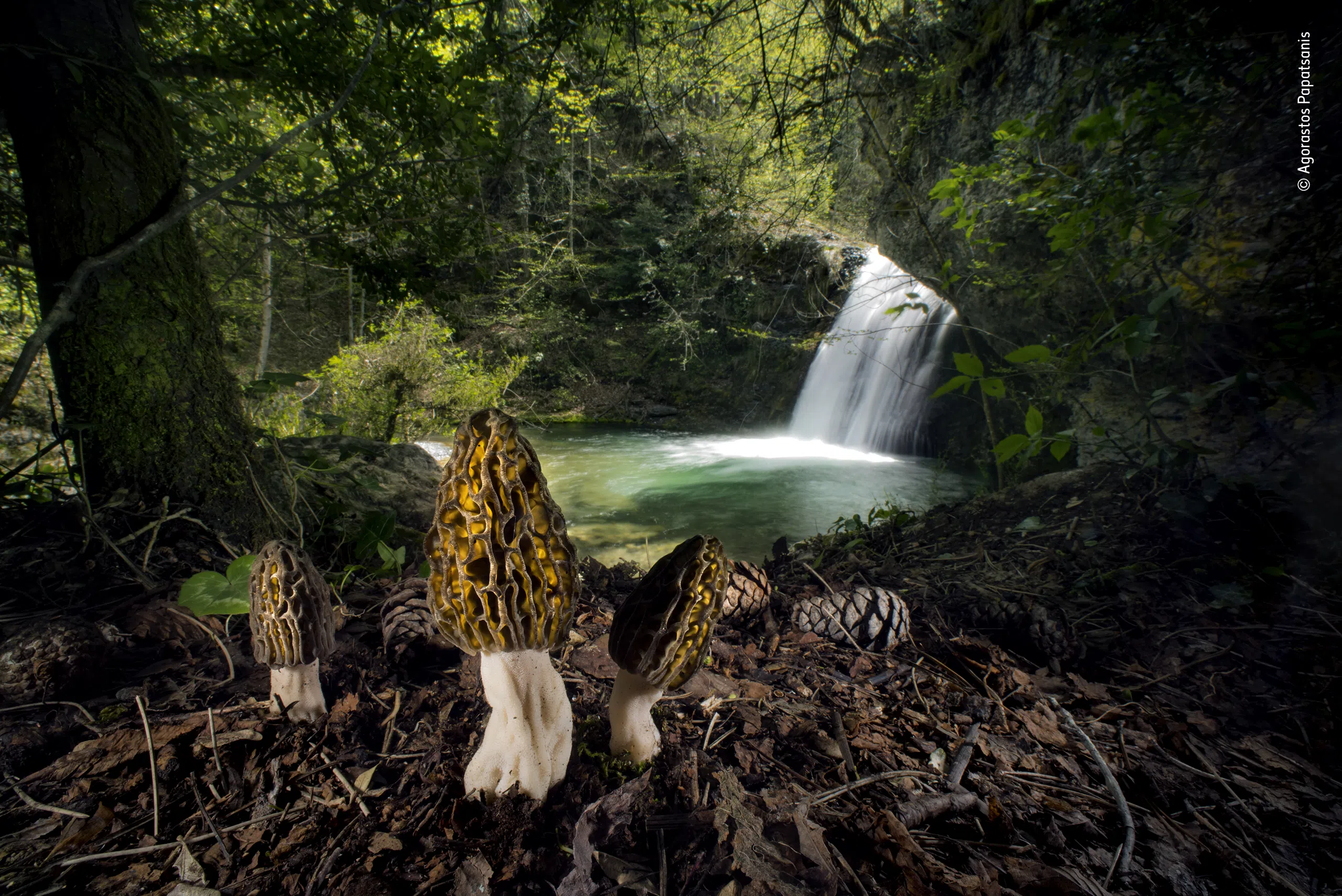
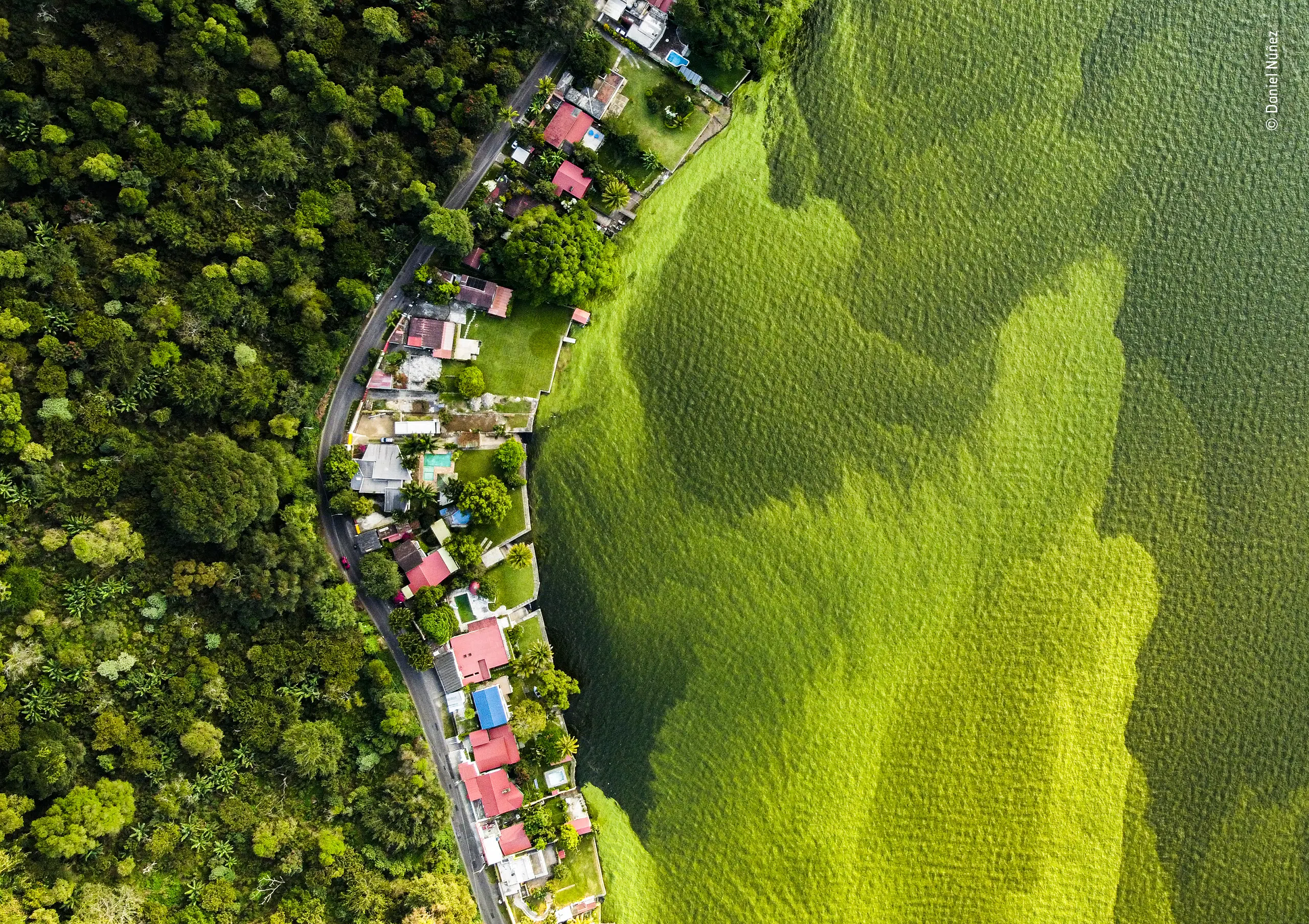
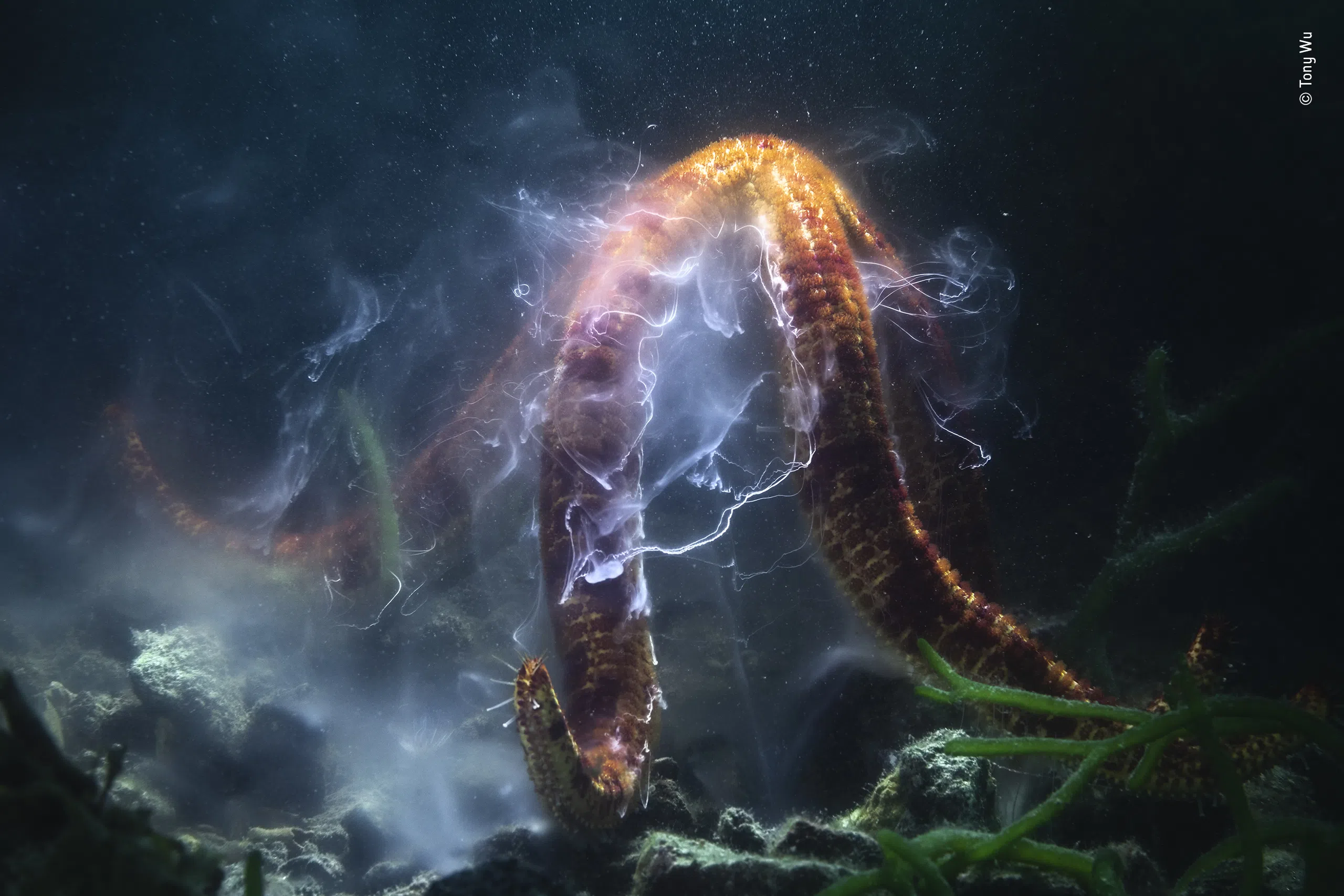
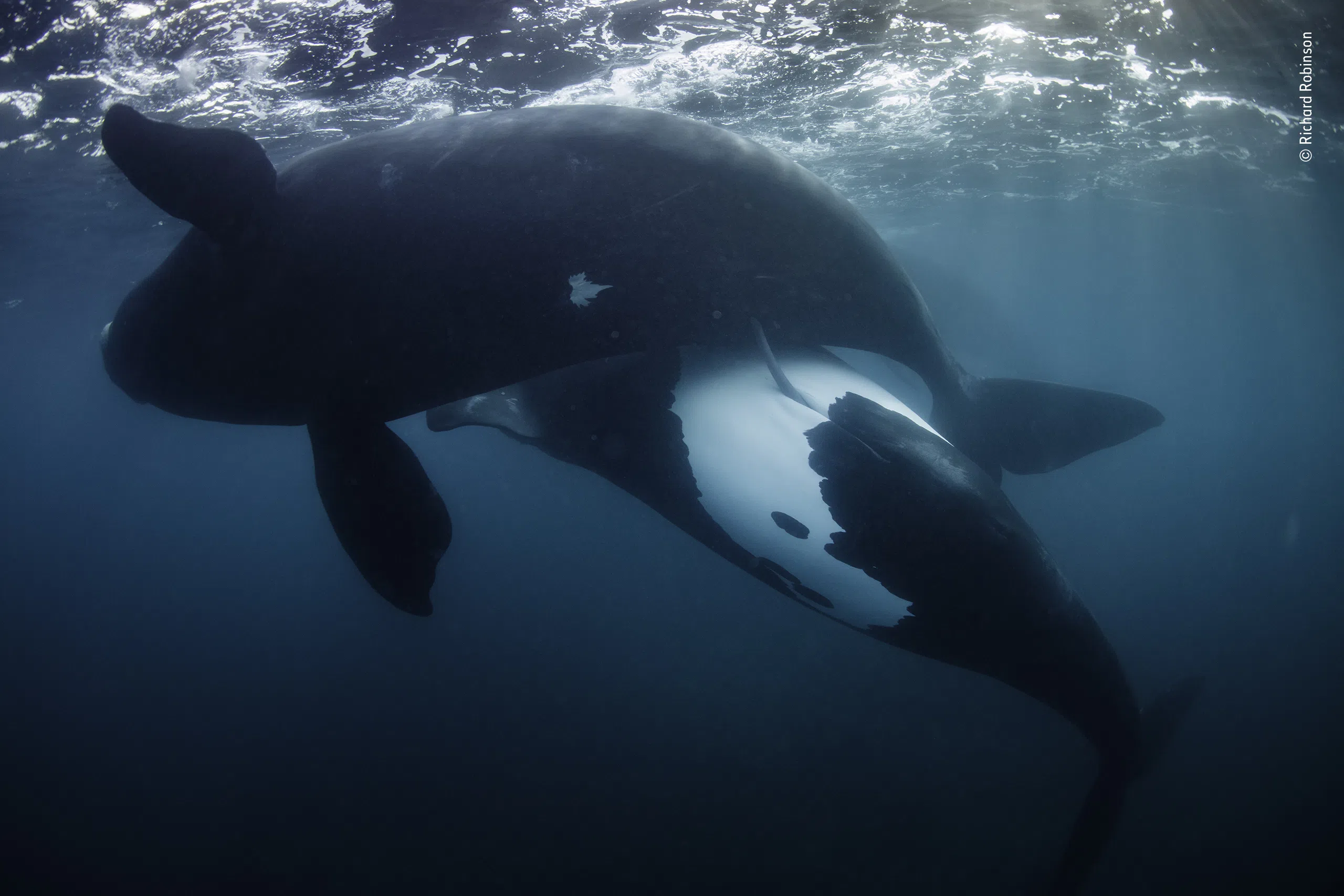





The image of the Bees and the Polar Bear are really good. Hats off to the photographers who clicked these amazing images.